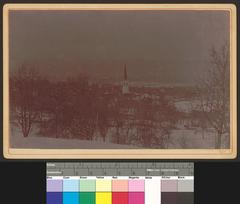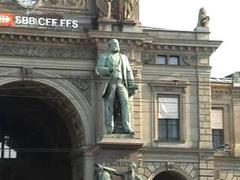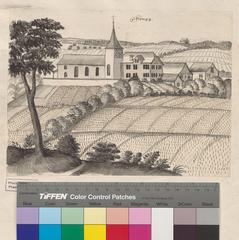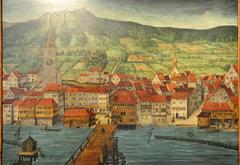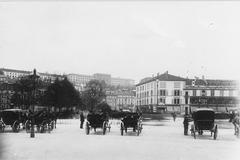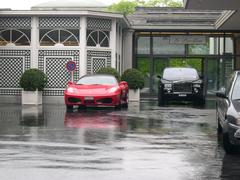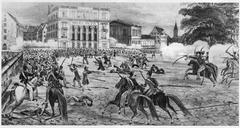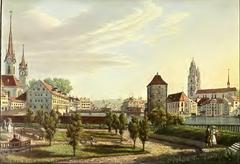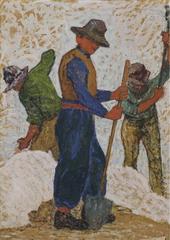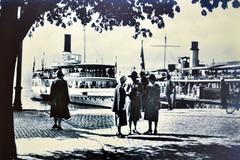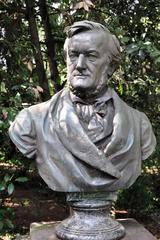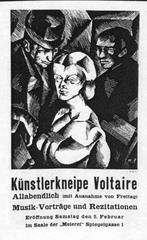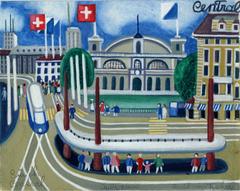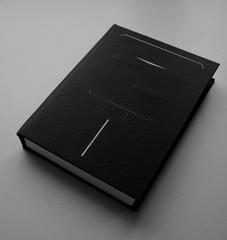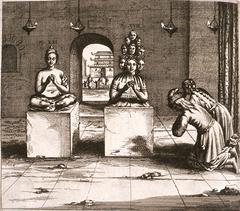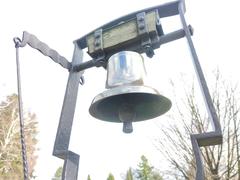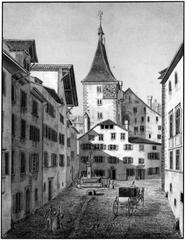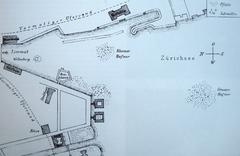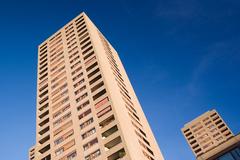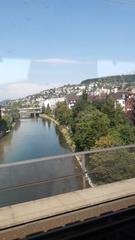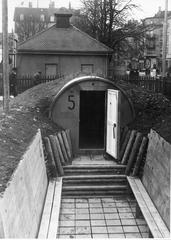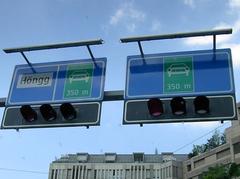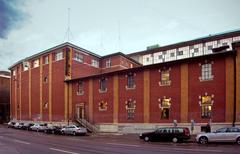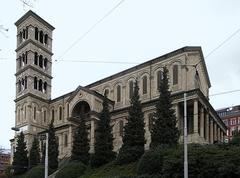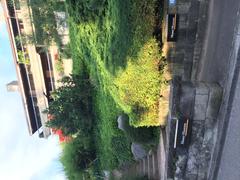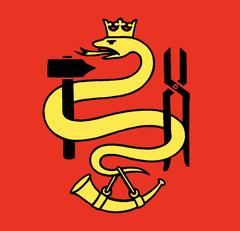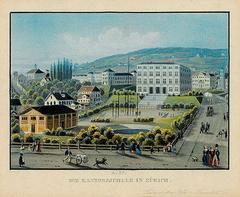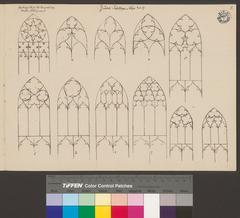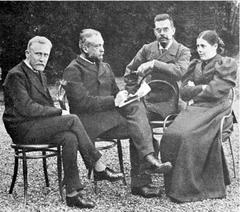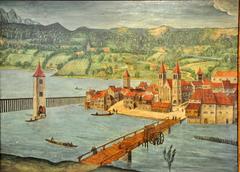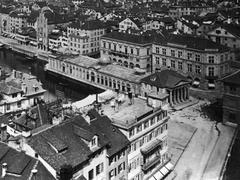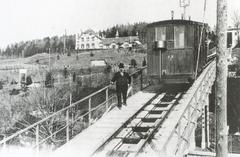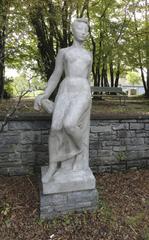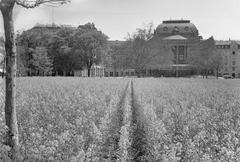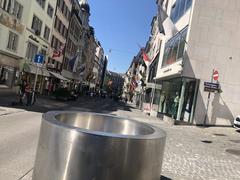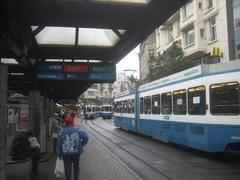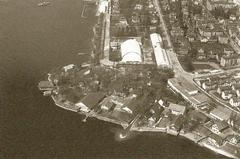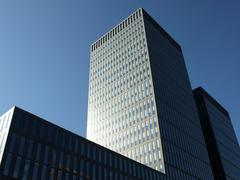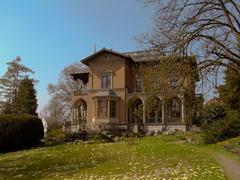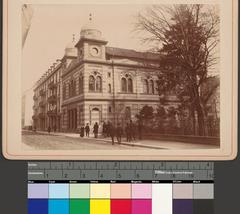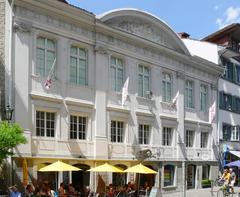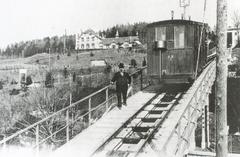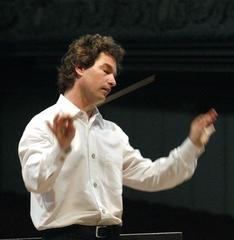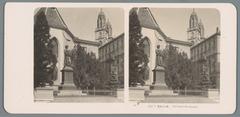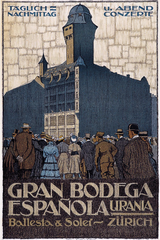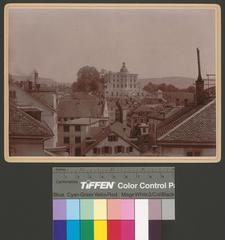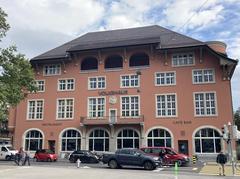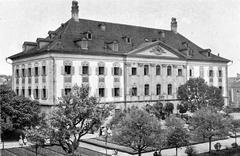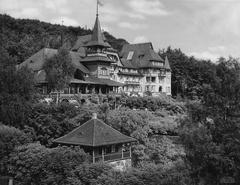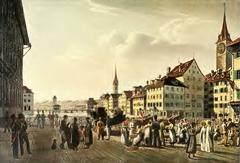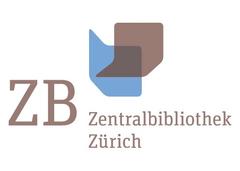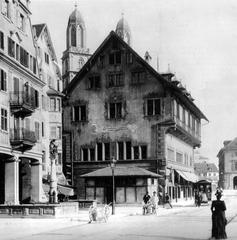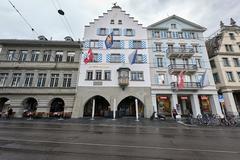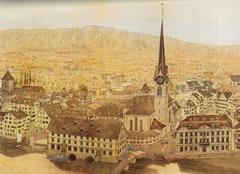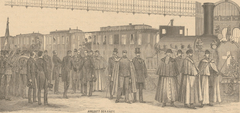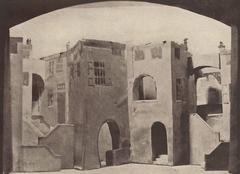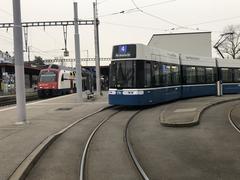Zürich Town Hall Visiting Hours, Tickets, and Historical Information
Date: 14/06/2025
Introduction: Zürich Town Hall’s Civic and Cultural Significance
Nestled above the Limmat River in Zürich’s Old Town, the Zürich Town Hall (Rathaus Zürich) stands as an enduring symbol of the city’s political heritage, architectural brilliance, and cultural vitality. Built between 1694 and 1698 on a site that hosted earlier municipal buildings for centuries, this late Renaissance masterpiece—embellished with Baroque details—has been the seat of Zürich’s legislative authorities, bearing witness to pivotal events in Swiss history such as the Reformation and the city’s assertion of republican independence. Today, the Rathaus continues to function as an active government hub and cultural venue, inviting visitors to appreciate both its historic legacy and its ongoing role in Zürich’s civic life (Wayfaring with Wagner; Zürich.com; Wikipedia).
Table of Contents
- Introduction
- Historical Development
- Architectural Features
- Political Importance
- Cultural and Social Role
- Notable Events
- Visitor Information
- FAQs
- Preservation and Legacy
- Conclusion and Recommendations
- References
Historical Development
Origins and Early History
The Rathaus’s location on the Limmat underscores Zürich’s historical status as a commercial and political hub. The present stone building, dating to the late 17th century, replaced a medieval wooden structure that had served as the city’s administrative center for nearly 400 years (Wayfaring with Wagner). Its strategic siting over the river—supported by stone arches—was both a practical and a symbolic choice, reflecting the city’s mercantile roots and governance.
The decision to reconstruct the Rathaus in stone signaled Zürich’s growing prosperity and aspiration for a more imposing symbol of civic authority. Designed to house the legislative chambers, the new building was a testament to the city’s evolving republican identity (Wayfaring with Wagner).
Architectural Features
Renaissance and Baroque Synthesis
Zürich Town Hall exemplifies late Renaissance architecture with Baroque influences. Its symmetrical sandstone façade, ornate window frames, and decorative cornice reflect Renaissance ideals, while sculpted coats of arms and dynamic stonework add Baroque flair (Wikipedia: History of Zurich). The building’s imposing profile, rising directly from the river, remains unique in Switzerland.
Key Exterior Features
- Sandstone Construction: The robust material ensures structural longevity and a stately presence (The Invisible Tourist).
- Ornate Bay Windows: Prominent, sculpted bay windows serve as both architectural highlights and observation points (Travelinti).
- Frescoes and Sculptures: While many frescoes have faded, traces remain, alongside allegorical figures and heraldic motifs (Evendo).
- Steep Roof and Decorative Gables: These elements contribute to both visual drama and practical weather protection.
River Integration
The Rathaus is anchored on piers in the riverbed, with water flowing beneath its arches. This design not only maximizes urban space but also symbolizes the interdependence of governance and commerce (The Invisible Tourist).
Interior Highlights
- Council Chamber (Ratsaal): Rich wood panelling, ceiling frescoes, and period furnishings create an atmosphere of historic gravitas (Wikipedia).
- Staircases and Corridors: Decorated with portraits and historical artifacts (Zürich.com).
- Exhibition Spaces: Some rooms feature displays on Zürich’s political and architectural history.
Political Importance
The Rathaus has been central to Zürich’s political life for centuries. Originally, power was held by religious abbeys until the rise of the guilds in the 14th century concentrated authority among the burghers (Wayfaring with Wagner; Wikipedia: History of Zurich). After joining the Swiss Confederacy in 1351, Zürich’s republican government found its focal point in the Rathaus.
Significant decisions made here shaped the city’s trajectory—most notably during the 1520s Reformation, when the council backed Huldrych Zwingli’s reforms, transforming Zürich into a Protestant stronghold (Wayfaring with Wagner). The building’s grandeur reflects the patrician council’s increasing authority in the 17th century and symbolizes Zürich’s aspirations as an autonomous republic.
Cultural and Social Role
Beyond politics, the Rathaus has hosted civic ceremonies, public gatherings, and cultural events. Its prominent Old Town location made it a natural venue for community celebrations, guild meetings, and city festivals. The building’s interiors have welcomed dignitaries, foreign envoys, and local leaders, embodying Zürich’s tradition of civic engagement.
Notable Historical Events
- The Reformation (1520s): Debates and council decisions here catalyzed Zürich’s transformation into a Reformation center (Wayfaring with Wagner).
- Republican Declaration (1648): Zürich asserted independence from the Holy Roman Empire, and the Rathaus became the seat of its new government (Wikipedia: History of Zurich).
- The Helvetic Republic (1798): The French invasion ushered in a new, more democratic era, with major changes deliberated in the Rathaus (Wikipedia: History of Zurich).
- Modern Usage: Today, the Rathaus continues to house the cantonal parliament and hosts public events (Wayfaring with Wagner).
Visitor Information
Opening Hours
- Monday to Friday: 9:00 AM – 5:00 PM (subject to change; closed on public holidays and during official meetings)
- Saturday & Sunday: Closed to the public
Always check the official website for up-to-date details and possible exceptions.
Tickets and Entry
- Exterior Viewing: Free and accessible at all times.
- Interior Access: Free for guided tours and special events. Guided tours require advance booking and may charge a fee of CHF 10–20 (Zürich.com).
Accessibility
- Wheelchair Access: Ramps and elevators are available for main floors; some historic areas may have limited access (Kantonsrat Zürich).
- Restrooms: Available nearby at major squares and transport nodes.
Directions
- On Foot: 10–15 minutes from Zürich Hauptbahnhof—head toward the Limmat River and follow Limmatquai (evendo.com).
- Tram: Lines 4 or 6 to ‘Rathaus’ stop.
- Bus: Lines 33 or 72 to ‘Rathaus’ stop.
- Bicycle: Accessible along the Limmatquai.
Nearby Attractions
- Grossmünster Church: Twin-towered emblem of Zürich’s Reformation (Virginia Duran).
- Fraumünster Church: Famed for Chagall windows (Maddy’s Avenue).
- Niederdorf District: Lively quarter with cafés, shops, and nightlife.
- Limmatquai Promenade: Scenic riverside walks.
Best Photo Spots
- Rathausbrücke: For reflections of the Rathaus in the river.
- Riverbank: Upstream views highlight the building’s dramatic siting.
- Golden Hour: Early morning or sunset for optimal lighting (evendo.com).
Special Events
- Cultural Events and Exhibitions: Held periodically; check the official event calendar for details.
- Festivals: The Rathaus is featured in citywide celebrations such as Sechseläuten and the Street Parade (Evendo).
Frequently Asked Questions (FAQ)
Q: What are the Rathaus’s opening hours?
A: Monday to Friday, 9:00 AM–5:00 PM; closed weekends and public holidays. Always check ahead for possible changes.
Q: Is there an entrance fee?
A: Viewing the exterior is free. Guided tours may require a ticket.
Q: Can I take photographs inside?
A: Allowed in public areas, but restrictions (no flash/tripods) may apply during special tours or events.
Q: Is the building wheelchair accessible?
A: Yes, with ramps and elevators for main areas; some historic spaces may be less accessible.
Q: How do I book a guided tour?
A: Contact the Zürich tourism office or check the Kantonsrat Zürich website for scheduling and reservations.
Preservation and Legacy
Zürich Town Hall is not only a well-preserved architectural treasure but also a living institution that continues to shape and reflect Zürich’s civic identity (Wayfaring with Wagner). Its integration of Renaissance and Baroque design elements, anchored dramatically over the Limmat, makes it a standout among Swiss landmarks. The ongoing use of the building for government functions and public events highlights the city’s respect for its traditions and democratic values.
Conclusion and Visitor Recommendations
A visit to Zürich Town Hall offers an immersive experience in the city’s layered history, political evolution, and architectural splendor. For the best experience:
- Plan ahead: Confirm opening hours, special events, and tour availability.
- Explore nearby: Combine your Rathaus visit with Grossmünster, Fraumünster, and walks along the Limmat.
- Enhance your visit: Use the Audiala app for guided tours and up-to-date insights on Zürich’s cultural landmarks.
- Capture memories: Bring your camera for stunning river and façade views.
Whether you are a history buff, architecture enthusiast, or casual traveler, the Rathaus is a must-see highlight of Zürich’s Old Town.
References
- Wayfaring with Wagner
- Wikipedia: History of Zurich
- Wikipedia: Zurich Town Hall
- Zürich.com
- The Invisible Tourist
- Kantonsrat Zürich
- Evendo
- Virginia Duran
- Maddy’s Avenue
- Explorial
Plan your visit, explore Zürich’s history, and enrich your experience with guided audio tours from the Audiala app. Follow us for more travel insights and updates on Swiss cultural treasures!
